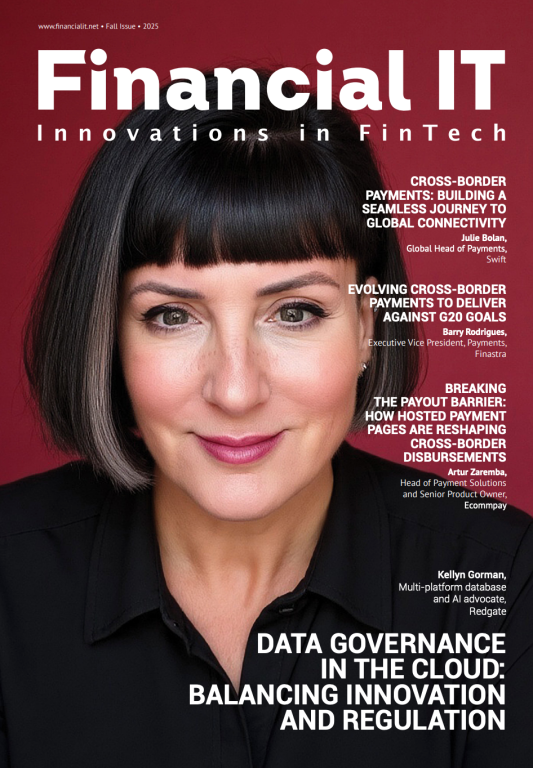The Future of $40 Trillion in Cross-Border B2B Payments

- Gary Conroy, CEO at TransferMate
- 11.08.2025 01:00 pm #CrossBorderPayments #B2BFinance
Every year, around $40 trillion flows through cross-border B2B payments, forming a significant portion of the broader $194 trillion global payments market, yet the majority still moves on outdated rails. This traditional, inefficient banking infrastructure was never designed for what our global economy demands today.
At the heart of traditional cross-border payments is a complex web of intermediaries. Each transaction passes from bank to bank, country to country, with every stop adding time, cost and risk. These legacy systems, built around correspondent banking and SWIFT messaging, are slow, costly and anything but transparent. Businesses often have no clear visibility into where their funds are or what fees will be deducted along the way. They were also not designed for real-time communication, and so businesses are left waiting hours or often days for cross-border payments to settle.
As a result, companies are left battling with manual processes, reconciliation headaches and unpredictable fees that restrict financial control and stifle business growth. The current model of global payments is fragmented and inefficient; it’s a system that may have served us in the past, but it’s no longer fit for purpose.
New ways of moving money
Direct, embedded payments have been a truly transformative shift in how global B2B transactions are made. By embedding regulated local payment infrastructure directly into business platforms, such as ERP, procurement and payroll systems, companies can bypass the complex, traditional intermediaries entirely. Instead, they get greater control and visibility through end-to-end tracking inside systems they already familiar with.
The popularity around these payments is no surprise; they give businesses an alternative to the fragmented systems, operational inefficiencies, slow cash movement and reconciliation complexity they’ve had to battle for years. Eliminating intermediaries and hidden banking fees means businesses benefit from greater cost efficiency. Compliance also becomes simpler, with integrated tools that help businesses meet increasingly complex regulatory requirements. By integrating payments directly into existing business tools, companies remove unnecessary friction from their cross-border payments.
Why now?
Globalisation demands seamless, borderless transactions, placing huge amounts of pressure on businesses to transform how they move money around the world.
Teams are facing greater treasury risks around liquidity and cash flow, making real-time visibility and control paramount to success now and in the future. Compliance demands are growing in both complexity and scope, and so businesses need solutions that can offer complete regulatory coverage across multiple jurisdictions, something only purpose-built, embedded transaction systems can provide. That’s why embedded payments have transformed from what was once a back-office function into a competitive product feature.
Currently, businesses face delays, unpredictable fees and a frustrating lack of visibility that limits their ability to thrive in a globalised economy. The leaders in this $40 trillion B2B payments market will be those who keep moving forwards, adopting direct, embedded payment infrastructure and leave the old rails behind.



















